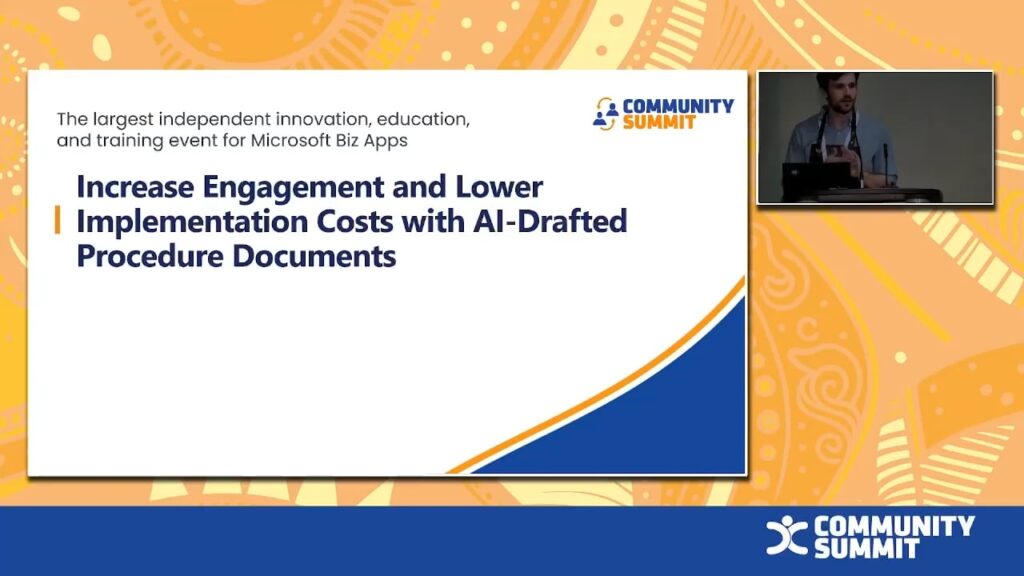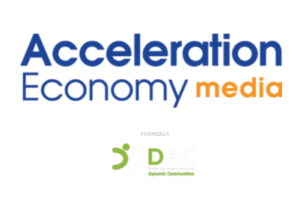Increase Engagement and Lower Implementation Costs with AI-Drafted Procedure Documents

Are you struggling with documenting best practices in your system?
This task sounds simple, but it can be quite the challenge when requests for documentation are coming from all angles and each audience expects a personalized approach.
Organizational events such as audits, additions of large user groups, expansions into new geographies, or more can be a big load on IT teams trying to continuously improve business applications. For many, addressing every single request for system and process documentation would consume bandwidth needed for other higher priorities. Large, unplanned deadlines can result when documentation requests aren’t addressed in the flow of other work – and other responsibilities rarely stop calling once documentation is prioritized.
Generative AI promises to be an extremely effective knowledge management tool in the mid to long term. Because of this promise, many are now envisioning a future where printed user guides will be a thing of the past. For some implementation environments, however, it’s likely that traditional user guides will still be in use for some time due to limitations with network connectivity, end user preferences, and safety regulations. The hard truth is that work of generating well-done user guide content won’t be disappearing overnight for implementation and support teams.
To show how Generative AI can be used to navigate the issue of system documentation today, this session will demonstrate how Microsoft Copilot can combine task recordings, audio transcripts from teammates, and test steps in DevOps into informative and approachable Procedure Document drafts. The session will also cover how Generative AI can assist conversion of documentation into multiple languages and modalities for use by different audiences.
Session attendees will discuss optimal foundational data elements, review effective prompting patterns for working with CoPilot, and walk through a live example where word documents in multiple languages are generated to explain the process of using an enhancement to the standard system. The lessons in this session can be applied to the below CoPilot use cases:
- Generation of a new training document, using other already training docs in the module to give CoPilot knowledge of related enhancements and required fields that are introduced to the system.
- Creating descriptions of changes fit for release notes based on test steps related to those changes.
- Creating three-bullet summaries of documents for use in SharePoint organization to improve the accessibility of content.
Learning Objectives:
- After participating in this session, attendees will be able to list the 3 primary sources of existing data that implementers can create to walk users through processes in the system.
- After participating in this session, attendees will be able to utilize four specific prompting patterns when interacting with CoPilot to maximize effectiveness when generating new procedure documentation.
- After participating in this session, attendees will be able to understand how the future of AI-enabled knowledge management might change with Agents and Vision capabilities
Speaker: Rivers Cornelson
Type: Deep Dive
Ability Level: 201 – Intermediate
Primary Product: Dynamics 365 F&O/AX
Track: Artificial Intelligence (AI),Commerce,Training and User Adoption

